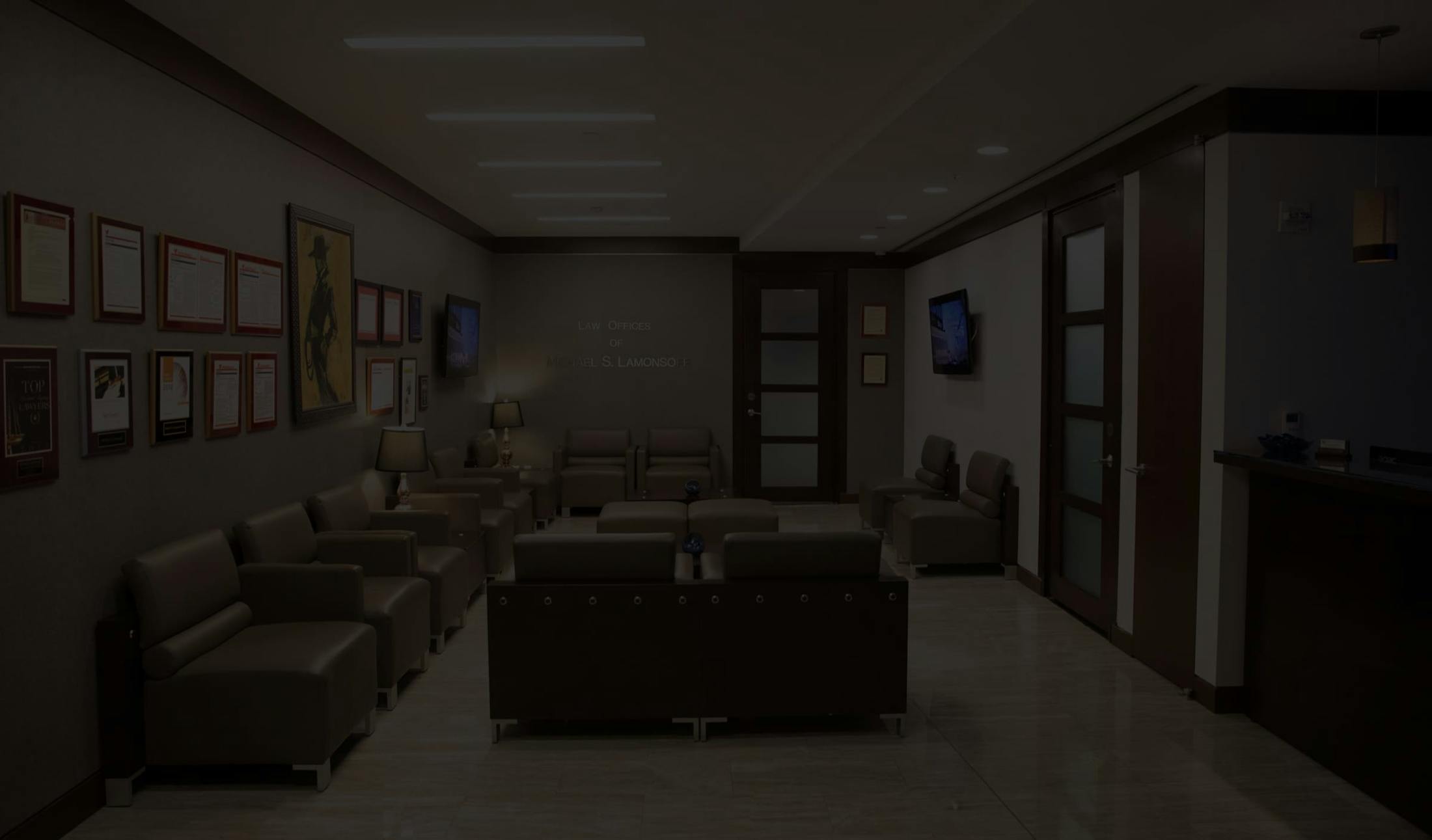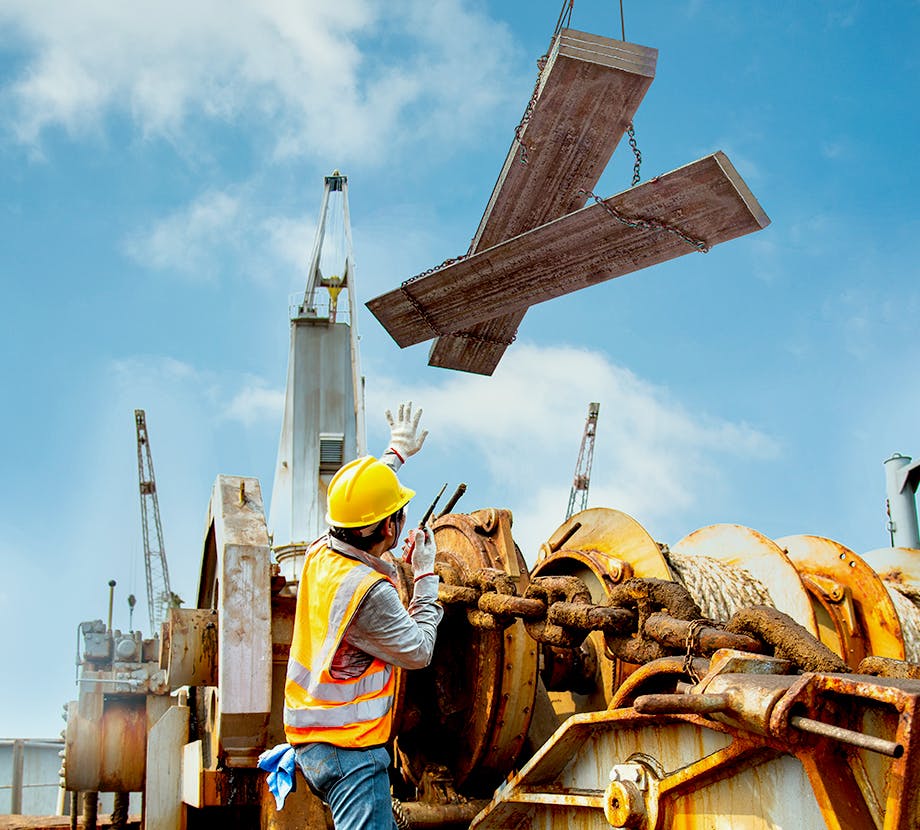Types of Cranes Used in New York Construction Sites
Cranes are essential pieces of machinery on construction sites, providing the necessary lifting power to move heavy materials and equipment. In New York, various types of cranes are employed, each suited to specific tasks and site conditions.
Tower Cranes
- Description: Tower cranes are tall, fixed cranes that provide height and lifting capacity for large construction projects. They consist of a vertical mast, a horizontal boom, and a rotating top.
- Use: Commonly used for skyscrapers and large commercial buildings due to their ability to reach significant heights and lift heavy loads.
Mobile Cranes
- Description: Mobile cranes are versatile, wheeled cranes that can be easily transported to various job sites. They have a telescopic boom that can be extended and retracted.
- Use: Ideal for smaller construction projects or for lifting materials in hard-to-reach areas, such as residential sites or roadwork.
Rough Terrain Cranes
- Description: These are similar to mobile cranes but are specifically designed for off-road conditions. They have four large tires and a powerful drivetrain to navigate rough terrain.
- Use: Often used on construction sites with uneven ground or in remote areas where traditional cranes cannot operate.
Crawler Cranes
- Description: Crawler cranes are mounted on tracks, which provide stability and allow them to move on soft or uneven surfaces. They feature a rotating upper structure (the “house”) that can turn 360 degrees.
- Use: Used for heavy lifting on construction sites with poor ground conditions, such as wetlands or demolition sites.
Overhead Cranes
- Description: Overhead cranes, often found in warehouses and factories, consist of a bridge that moves along two parallel tracks. They typically include a hoist that can lift materials vertically.
- Use: Commonly used in manufacturing plants and fabrication shops to move heavy loads within a designated area.
Articulating Cranes (Knuckle Boom Cranes)
- Description: Articulating cranes feature a boom with several joints, allowing for greater flexibility in positioning the load. They can often reach around obstacles.
- Use: Frequently used in landscaping, roofing, and other applications requiring precise load placement.
Floating Cranes
- Description: Floating cranes are mounted on barges or ships and are designed for maritime construction projects.
- Use: Used for heavy lifting in port operations, bridge construction over water, or offshore construction projects.




